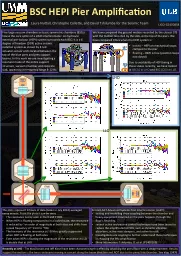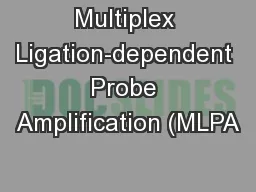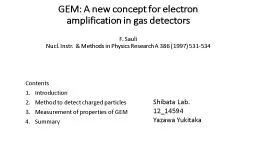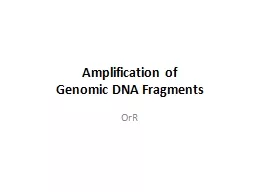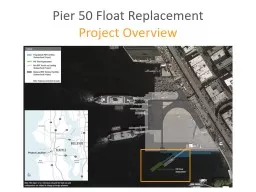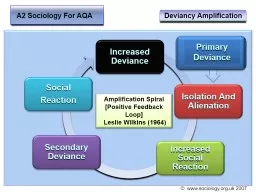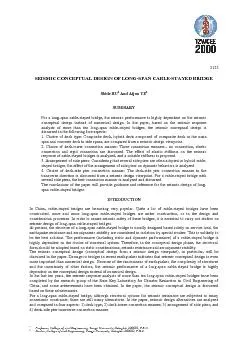PPT-BSC HEPI Pier Amplification
Author : funname | Published Date : 2020-08-28
Laura Nuttall Christophe Collette and David Tshilumba for the Seismic Team LIGOG1400858 BSC3 BSC10 Five large vacuum chambers or basic symmetric chambers BSCs
Presentation Embed Code
Download Presentation
Download Presentation The PPT/PDF document "BSC HEPI Pier Amplification" is the property of its rightful owner. Permission is granted to download and print the materials on this website for personal, non-commercial use only, and to display it on your personal computer provided you do not modify the materials and that you retain all copyright notices contained in the materials. By downloading content from our website, you accept the terms of this agreement.
BSC HEPI Pier Amplification: Transcript
Download Rules Of Document
"BSC HEPI Pier Amplification"The content belongs to its owner. You may download and print it for personal use, without modification, and keep all copyright notices. By downloading, you agree to these terms.
Related Documents

